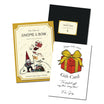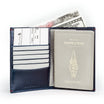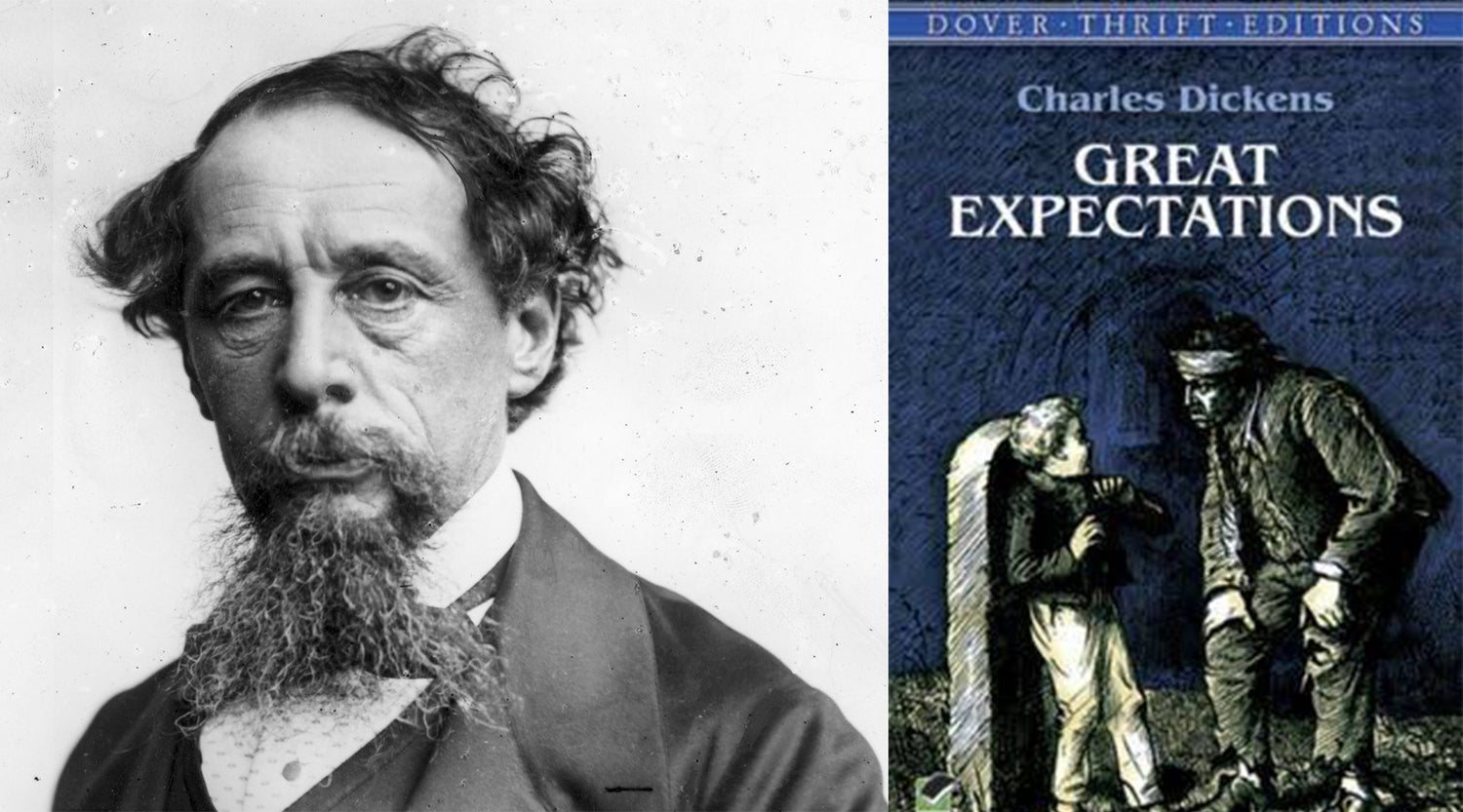GREAT PEN WIELDERS
--- VI ---
The Uncanny Wordsmith: Charles Dickens

The World of Charles Dickens in 10 questions.
1. Who is Charles Dickens and how did his work impact/influence the world we are living in now?
Charles Dickens, an English writer and social critic, was one of the greatest novelists of the Victorian era. He created numerous fictions works which enjoyed unprecedented popularity and are now considered classics.
Dickens has made many contributions to modern society such as developing the idea of White Christmas due to his novel “A Christmas Carol”. In addition, he played a key and important influence in the cinema development in ways such as his parallel montage and the close-up and he could be said to have provided a lot of information to the invention of crutches and the influence of orthopaedics.
The term “red tape” was also popularised by Dickens to describe the bureaucracy in positions of power that particularly hurt the weak and poor. The word “Dickensian” has now been used to describe an unacceptable level of poverty.
Besides that, Dickens was credited by Oxford English Dictionary with introducing 247 new words and usages into the language, some of these include “butter-fingers”, “dustbin”, “boredom”, “manslaughter”.
2. What are his famous works that you should know about?

Great Expectation (1861) - A story of how an English orphan named Pip rose to wealth, deserts his true friends, and becomes humbled by his own arrogance.

A Tale of Two Cities (1859) - The novel tells the story of the French Doctor Manette who was imprisoned for 18 years long in Paris and was finally released in London. Along with his daughter, Lucie, whom he had never met, the story entails his daughter’s marriage and the collision between her beloved husband and the people who caused her father's imprisonment.
3. What were his aspiration and inspiration?
At age 20, Dickens was unsure of what he wanted to become but he knew he wanted fame. With an interest in theatre, Dickens became an early member of the Garrick and landed an acting audition, which he missed due to a cold. Before another opportunity arose, he had set out on his career as a writer.
Dickens works were mostly inspired by his unpleasant experience during his childhood period. Dickens father was imprisoned for debt when Dickens was 12. Being the second born, he was forced to leave school to work in a factory to help support the family. Dickens felt abandoned and betrayed by the adults whom he trusts and these sentiments became a recurring theme in his writing.
 Van Gogh's Chair, a painting created in 1888 by Dutch artist Vincent van Gogh.
Van Gogh's Chair, a painting created in 1888 by Dutch artist Vincent van Gogh.
4. Who was inspired by his works?
Several of Vincent van Gogh work such as Van Gogh's Chair was inspired by Dickens’s novels. In addition, a letter from Gogh to his sister in 1889 stated that reading Dickens works, especially A Christmas Carol, was one of the things that kept him from committing suicide.
5. How did he start writing?
Working as an office boy in his earlier years was a launching point for his writing career. Dickens began freelance reporting at the law courts of London within a year of being hired. He was then employed as the parliamentary reporter for The Morning Chronicle newspaper and also started to produce a series of sketches under the pseudonym “Boz”.
 Urania Cottage, Dickens’ Home for “Fallen Women”
Urania Cottage, Dickens’ Home for “Fallen Women”
6. Besides being known for a writer, what else was he interested in or famous for?
Dickens produced a massive amount of materials, including 15 novels, hundreds of short stories and nonfiction pieces. He also lectured and performed in England and in the United States, wrote plays and thousands of letters and edited two journals.
Besides all that, Dickens was fascinated by magic and was an amateur magician. He was also keenly interested in paranormal and was a member of a famous paranormal investigation group “The Ghost Club” of London.
Dickens created “Urania House” for women who was a former prostitute so that they could learn to read and write.
7. What were some of the interesting quirks surrounding Charles Dickens?
Dickens prefer to touch things 3 times in which he presumed for luck and was a mild obsessive-compulsive with regards to his hair as he would often comb and smooth it over 100 times every day. He always insists on sleeping with his bed aligned north-south, with his head pointing north as he believes that it would improve his writing.
Dickens was also an advocate of hypnotism in which he attempted to practice it on his wife and children to cure their ailments.

8. What are the monuments/ establishments that were built in his honour?
A commemorative £10 note was circulated between 1992 and 2003 where his portrait appeared on the reverse of the note accompanied by a scene from The Pickwick Papers.
A life-size bronze statue of Dickens located in Clark Park in the Spruce Hill neighbourhood of Philadelphia, Pennsylvania was built to commemorate him.
9. How did critics react to his work?
Dickens was praised for his realism, comedy, prose style, unique characteristics, and social criticism but was also criticized by Oscar Wilde, Henry James, and Virginia Woolf for a lack of psychological depth, loose writing, and a vein of saccharine sentimentalism.
 The Mystery of Edwin Drood - A story on the disappearance of Edwin Drood under mysterious circumstances.
The Mystery of Edwin Drood - A story on the disappearance of Edwin Drood under mysterious circumstances.
10. What other works did he author that few people knew about?
Dickens final novel, The Mystery of Edwin Drood, was left unfinished when he died of a stroke in Kent, England in 1870. The Mystery of Edwin Drood remains incomplete, but some instalments were published, and two films were made based on the work.
Did Dickens’s stories strike a chord with your inner self? Have you read his novels yet? What are your thoughts about it? Let us know in the comments below.
GREAT PEN WIELDERS is a monthly series that sets out to celebrate amazing writers, authors, novelists and illustrators whose beliefs, passions and talents inspired and changed the world we live in today. We believe that their stories and life experiences will foster Gnome & Bow’s vision to inspire storytelling without boundaries.

































Leave a comment
This site is protected by hCaptcha and the hCaptcha Privacy Policy and Terms of Service apply.